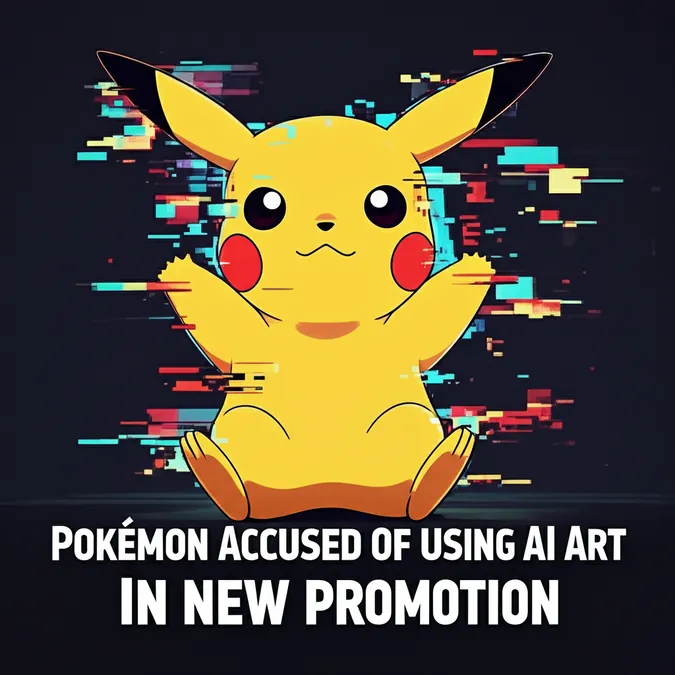AI Fakes Fueling Wildfire Misinformation
The New Front Line in Fighting Fires
As emergency crews in British Columbia battle devastating wildfires on the ground, a new, digital front has opened up online. The B.C. Wildfire Service has issued a public warning about a rising tide of fake, AI-generated images depicting fires. These hyper-realistic but entirely fabricated pictures are spreading across social media, creating a confusing and dangerous information landscape for a public desperate for updates.
What is AI Slop and Why is it Dangerous
The term 'AI slop' has been used to describe the low-quality, often nonsensical, and voluminous content that generative AI can produce. In the context of wildfires, these images often show impossibly dramatic scenes, firefighters with distorted features, or equipment that doesn't exist. While some may share these images unknowingly, their proliferation has serious consequences.
Misinformation during an active emergency can cause unwarranted panic, leading residents to evacuate unnecessarily or clog crucial phone lines. It also erodes public trust in official sources. When people can't distinguish between real warnings and digital fakes, they may begin to doubt legitimate information, putting lives at risk. Every moment that officials spend debunking fake images is a moment taken away from managing the real crisis.
How to Spot a Fake Wildfire Image
While AI image generators are becoming more sophisticated, they still leave behind tell-tale signs. To protect yourself from misinformation, look for these common red flags:
- Unusual Details: Check for inconsistencies. Do firefighters have the correct number of fingers? Does the equipment look strange or futuristic? Are shadows and light sources behaving naturally?
- Overly Dramatic Scenes: Many AI images are created to be sensational. If a scene looks more like a Hollywood movie poster than a news photograph, be skeptical.
- Waxy or Plastic Look: AI-generated images, especially of people and objects, can sometimes have a smooth, waxy, or unnaturally perfect texture.
- Source Verification: Who posted the image? Is it a verified news outlet or an official agency? If it's a random account with no history of credible reporting, treat it with extreme caution.
Trust but Verify Relying on Official Sources
The most effective way to stay informed and safe is to rely on official channels. The B.C. Wildfire Service actively provides updates, maps, and authentic photos through its official platforms. Before sharing any dramatic image or information, cross-reference it with a trusted source.
During an emergency, the accuracy of information is as critical as the response on the ground. By being critical consumers of media, we can all play a part in stopping the spread of dangerous fakes. For the most reliable information, please consult the official B.C. Wildfire Service website.


